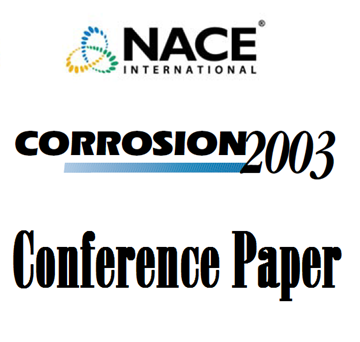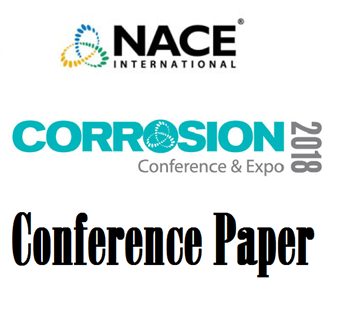Search
Storage Well Cathodic Protection Comparative Assessment
Also Purchased
Well Casing Cathodic Performance Review - Case Studies
Product Number:
51322-17688-SG
Publication Date:
2022
$20.00
03201 WELL CASING CATHODIC PROTECTION EVALUATION PROGRAM IN THE SPRABERRY (TREND AREA) FIELD
Product Number:
51300-03201-SG
ISBN:
03201 2003 CP
Publication Date:
2003
$20.00
51318-10655-Well Casing CP - Design Issues & Case History
Product Number:
51318-10655-SG
Publication Date:
2018
$20.00
Recently viewed




